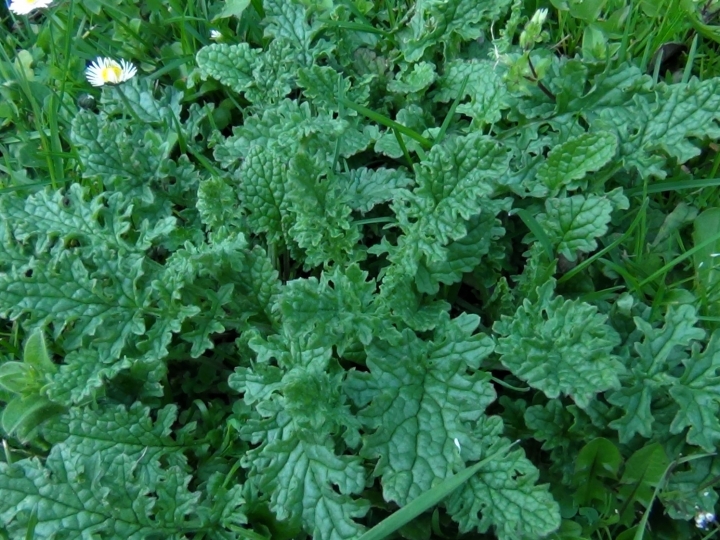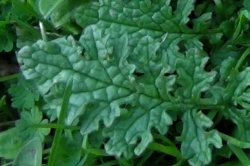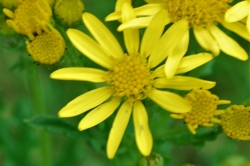Some people have an allergic reaction of the skin from touching Ragwort.
Home / Hedgerow Guide /
Ragwort
Ragwort
| Hedgerow Type | |
| Common Names |
, Tansy ragwort,, Ragweed, Stinking Nanny/Ninny/Willy, Staggerwort, Dog Standard, Benweed |
| Scientific Name |
Jacobaea vulgaris |
| Season Start |
Jan |
| Season End |
Dec |
Please note that each and every hedgerow item you come across may vary in appearance to these photos.
Leaves
The leaves are pinnately lobed, the lobes getting bigger towards the end of the leaf. Ragwort is a biennial and in the first year the leaves grow in a rosette with the flower stems appearing in the second year.
Flowers
Ragwort produces many yellow flowers in its second year growth and keeps flowering from June to November, when the seeds have been produced the plant dies.
Habitat
Fields, pastures, waste ground, roadsides and open spaces and likes cool but damp conditions.
Possible Confusion
The plant looks a little like Tansy, Tanacetum vulgare, but is generally ‘raggedy’ enough to identify.
Smell
Unpleasant.
Frequency
Common.
Collecting
When trying to eradicate ragwort all the root must be removed or the plant will grow back again.
Other Facts
There are not many reports of Ragwort poisoning in humans as the plant tastes horrible enough to prevent consumption and horses will avoid the plant for similar reasons, the problem for horses occurs when dried Ragwort is mixed in with hay as horses can not recognise the plant dry.
The leaves can be used to produce a green dye, the flowers, a yellow dye.
The cinnabar moth relies on ragwort during its life cycle.

























